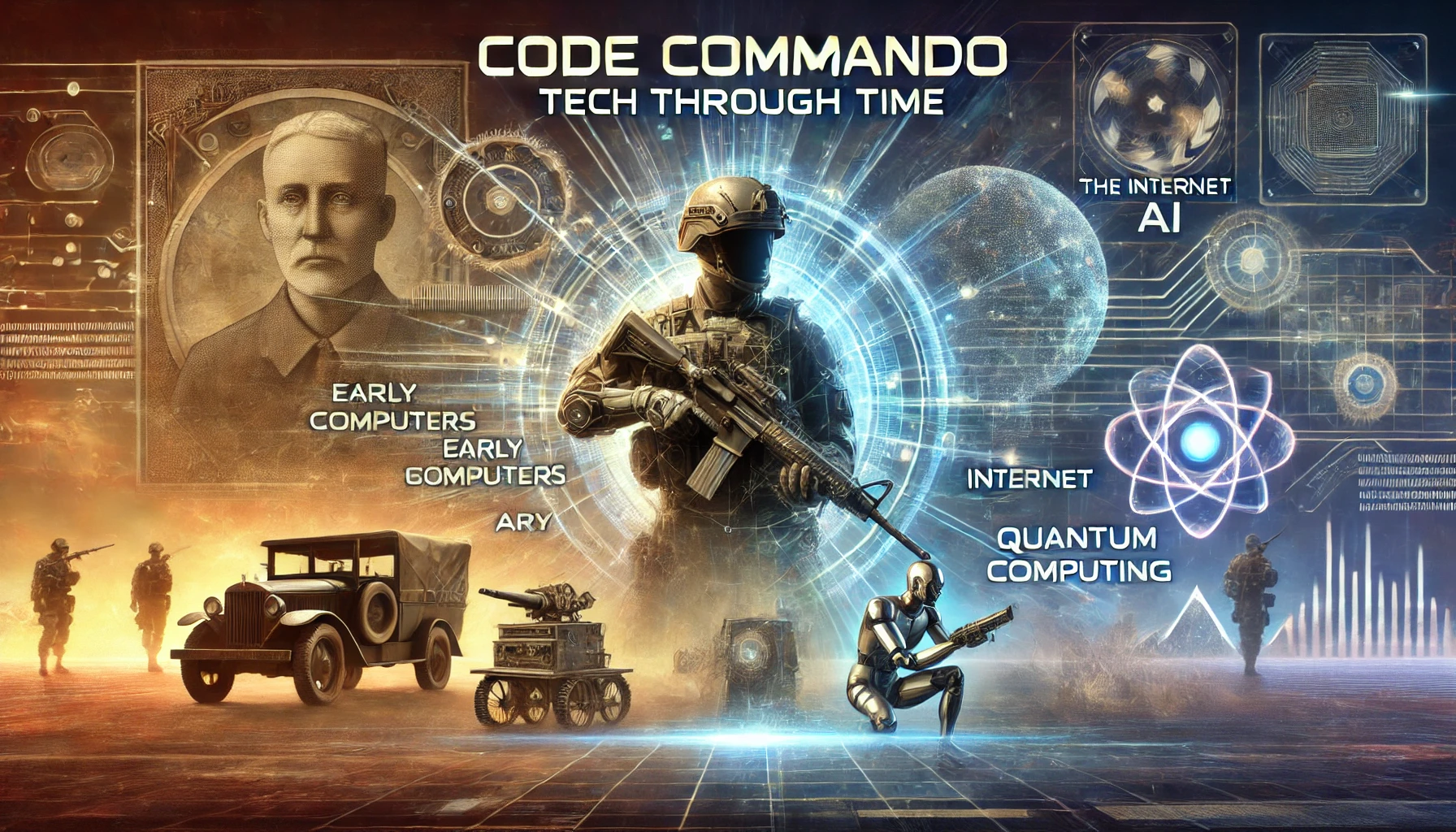Evolution of Computing
 Akshaya K. Panjwani
Akshaya K. Panjwani
Introduction
In today's fast-paced world, everything—from communication to business operations—relies on technology. We are witnessing an era where new innovations continue to reshape our reality, making computing one of humankind’s most groundbreaking inventions.
Although electronic computation is relatively new, the human need for computation dates back centuries. In this blog, we explore the fascinating journey of computing, from its early mechanical roots to the modern digital age that powers our lives.
Computing Before the Digital Era
Long before computers as we know them existed, humans developed various tools to assist with calculations. As societies expanded, these tools became essential for keeping track of data and making complex calculations more efficient:
Abacus (Mesopotamia): One of the earliest known computational tools, used for arithmetic calculations.
Astrolabe: Enabled sailors to determine their latitude at sea.
Slide Rule: Assisted in multiplication and division, widely used by engineers before electronic calculators.
Clocks: Designed not only to track time but also to measure celestial movements and tide schedules.
Each of these devices simplified tasks that were once tedious and prone to human error. While they enhanced efficiency, they were never considered computers in the modern sense.
First Use of the Term "Computer"
The word "computer" first appeared in 1613 in a book by Richard Braithwait, where it referred to a person who performed calculations manually. By the 1800s, the meaning of the term shifted, referring to machines capable of executing mathematical operations. One such device was the Step Reckoner, built by German polymath Gottfried Leibniz in 1694. This was the first machine capable of performing all four basic mathematical operations—addition, subtraction, multiplication, and division—laying the foundation for future computational advancements.
Charles Babbage: Visionary Behind Modern Computing
The journey toward modern computers began with British mathematician and inventor Charles Babbage, who designed two groundbreaking machines:
Difference Engine (1823): A mechanical calculator designed to solve polynomial equations. Though Babbage abandoned the project after two decades, scientists successfully built a working version in 1991 based on his original designs.
Analytical Engine: A visionary concept that laid the groundwork for general-purpose computing, capable of being programmed for various tasks rather than just performing one specific calculation.
Babbage’s forward-thinking approach made him the Father of Computing, inspiring generations of scientists and engineers to push the boundaries of computation.
Ada Lovelace: World's First Programmer
During the development of the Analytical Engine, Ada Lovelace, an English mathematician, wrote the first-ever algorithms intended for a machine. Her theoretical programs anticipated that computers could go beyond simple calculations and assist in various data-driven tasks. Because of her contributions, Ada Lovelace is recognized as the world’s first computer programmer.
Computing’s Role in Warfare and Business
While computation had primarily been used for scientific and mathematical purposes, its importance in warfare and business soon became evident. Militaries, in particular, were among the first to recognize its potential for solving complex problems where speed and accuracy were critical.
For instance, in battle, accurately firing artillery shells required precise calculations that computers could provide. The ability to process vast amounts of data quickly made computing an indispensable tool for strategic military operations. Over time, these military-driven advancements influenced broader technological applications, eventually making their way into government, business and industrial use.
The 1890 U.S. Census: A Turning Point for Computing
By the late 19th century, computing played a crucial role in science and engineering, but it had yet to impact business, governance, and daily life. That changed when the U.S. Census Bureau faced a growing challenge:
The 1880 census took seven years to compute, causing data to become outdated before completion.
The 1890 census was projected to take 13 years.
The Bureau turned to Herman Hollerith, who invented an electromechanical tabulating machine that used punch cards to store and process data.
Hollerith’s machine was 10 times faster, completing the census in 2.5 years, saving millions of dollars.
As businesses recognized the potential of computing, they began adopting similar technologies for accounting, insurance appraisals, and inventory management. Hollerith later founded the Tabulating Machine Company, which merged with other firms to form International Business Machines (IBM) in 1924.
The Digital Revolution Begins
IBM and other technological pioneers paved the way for computing to transform business and government operations. This demand for faster and more flexible data-processing tools led to the birth of digital computers, setting the stage for the technological revolution that continues today.
Conclusion
From ancient counting tools to cutting-edge artificial intelligence, computing has continuously evolved to shape the modern world. As we enter a future driven by AI, quantum computing, and automation, one thing is clear—computing will continue to push the limits of human innovation.
What do you think the future of computing holds? Share your thoughts in the comments below! 🚀
Subscribe to my newsletter
Read articles from Akshaya K. Panjwani directly inside your inbox. Subscribe to the newsletter, and don't miss out.
Written by
